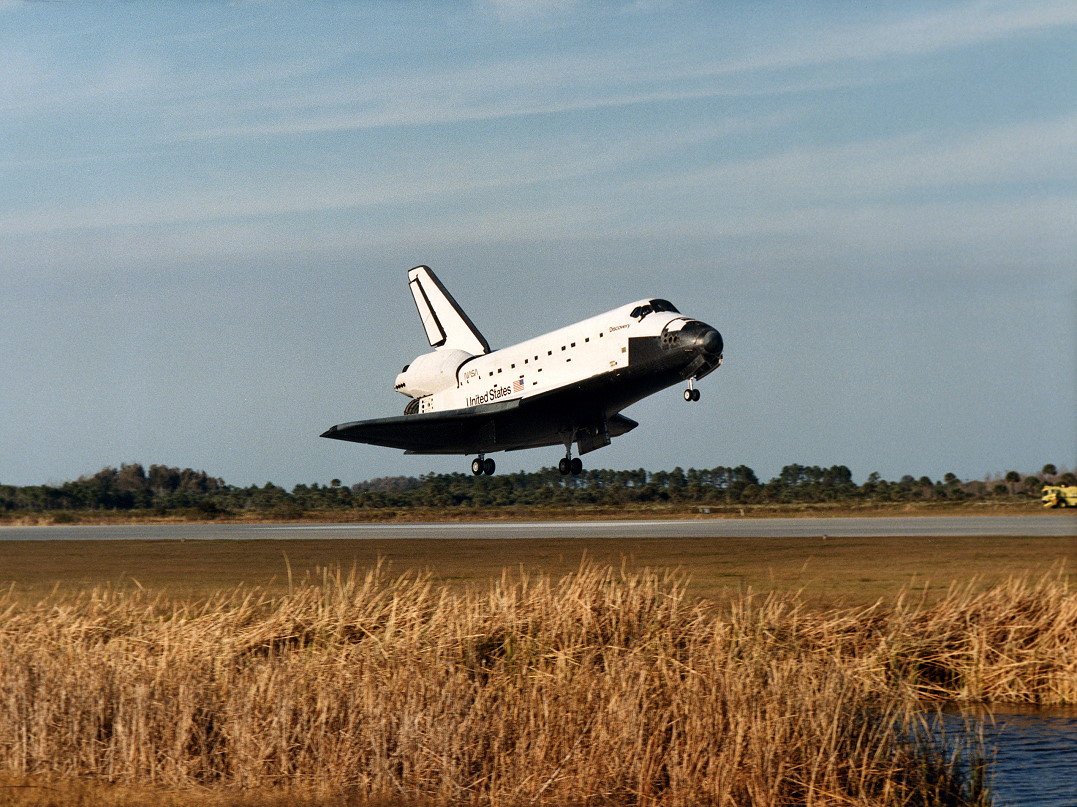
Thirty-five years ago, this week, the crew of shuttle Discovery—Apollo veteran Ken Mattingly, together with “rookie” astronauts Loren Shriver, Jim Buchli and Ellison Onizuka and Air Force Manned Spaceflight Engineer (MSE) Gary Payton—flew Mission 51C, the first wholly classified voyage of the Space Shuttle era. As outlined in last week’s AmericaSpace history article, it was conducted in near-total secrecy and even the precise launch time did not become clear to the general public until the countdown clock emerged from its pre-planned hold at T-9 minutes. Until then, spectators at the Kennedy Space Center (KSC) in Florida beheld a blank face on the famous clock.
Then, at 2:41 p.m. EST on 24 January 1985, the blackout ended abruptly with a statement: “T-9 minutes and counting. The launch events are now being controlled by the ground launch sequencer…”
Thus began not only the shortest operational mission of the shuttle program, but also a flight which would suffer significant damage to both the primary and secondary O-rings of its Solid Rocket Booster (SRB) joints and which would take center-stage in the Challenger accident investigation a year later.
Discovery thundered aloft at 2:50 p.m. EST. The ascent was unique, compared to previous flights, in that communications between Mattingly’s crew and Mission Control were kept strictly under wraps, with only the launch commentator reading off a string of standardized calls pertaining to the performance of the shuttle’s main engines, its fuel cells, its Auxiliary Power Units (APUs) and its steadily increasing altitude and velocity. No indication was given as to the precise duration of Mission 51C—one source noted that NASA would reveal this detail only 16 hours prior to the scheduled landing—and few other details were ever released about this most secret of flights.
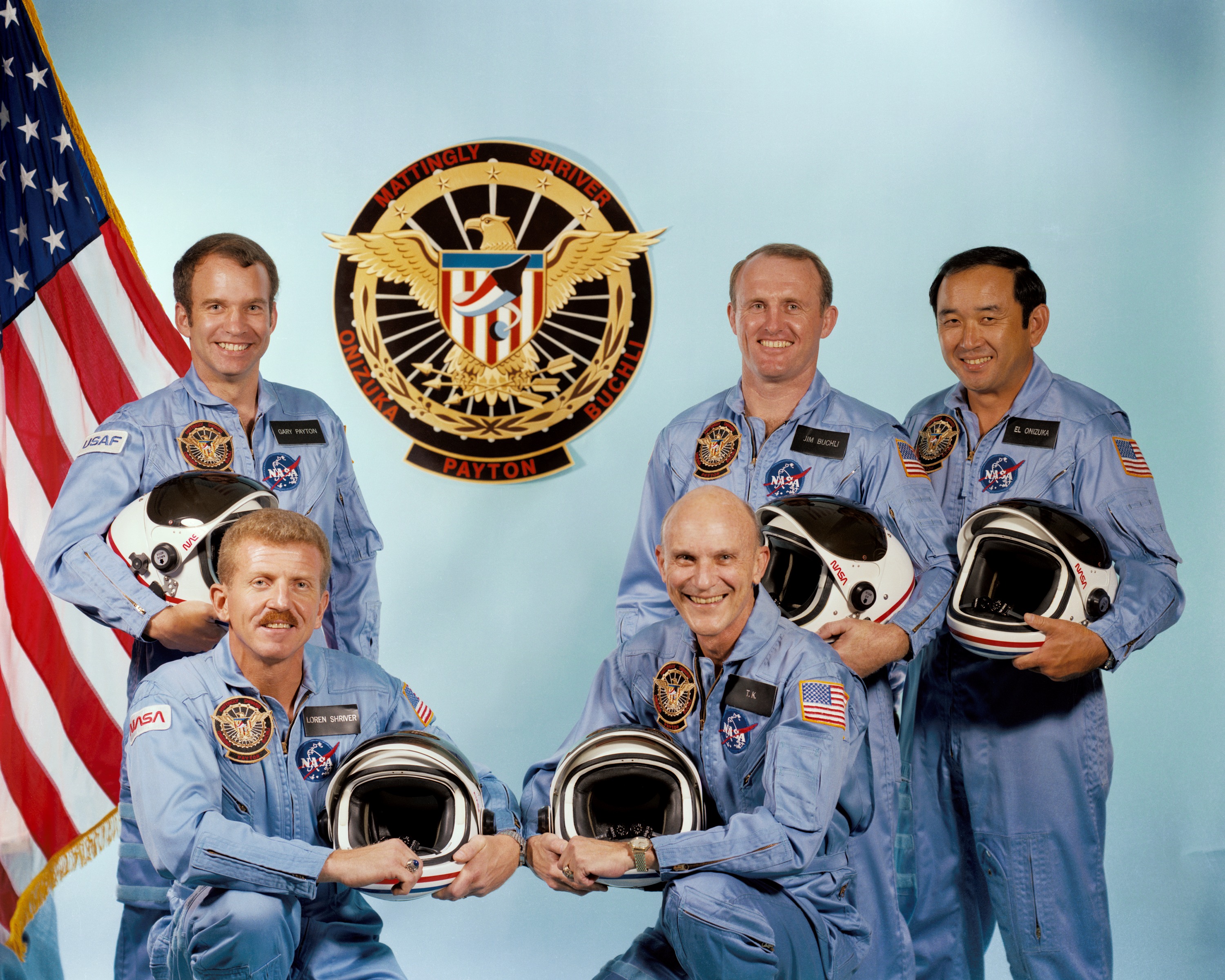
More than three decades later, it is suspected that Mattingly and his men deployed a spacecraft codenamed “Magnum”: a signals intelligence satellite, operated by the National Reconnaissance Office (NRO) and the Central Intelligence Agency (CIA), which was boosted into near-geostationary orbit by an attached Inertial Upper Stage (IUS) booster. Reports have indicated that the TRW-built Magnum weighed in the region of 4,800-6,000 pounds (2,200-2,700 kg) and was notable for its physical size, with 330-foot-wide (100-meter) anteannas to collect radio frequency signals from Earth. The payload was deployed during Discovery’s seventh orbit.
Payton was the first MSE selected for a shuttle flight, representing a cadre of military engineers picked specifically to fly alongside classified payloads. Some sources speculated that the inclusion of MSEs among NASA crews was to prevent them gaining too much knowledge about the secret satellites. But in a NASA oral history, Loren Shriver did not see it that way. “Gary had a specific purpose, but I don’t think it was to make sure that we didn’t learn about what the details of the mission were,” he remembered. “As a matter of fact, we all got briefed into the mission and we knew exactly what was going on.”
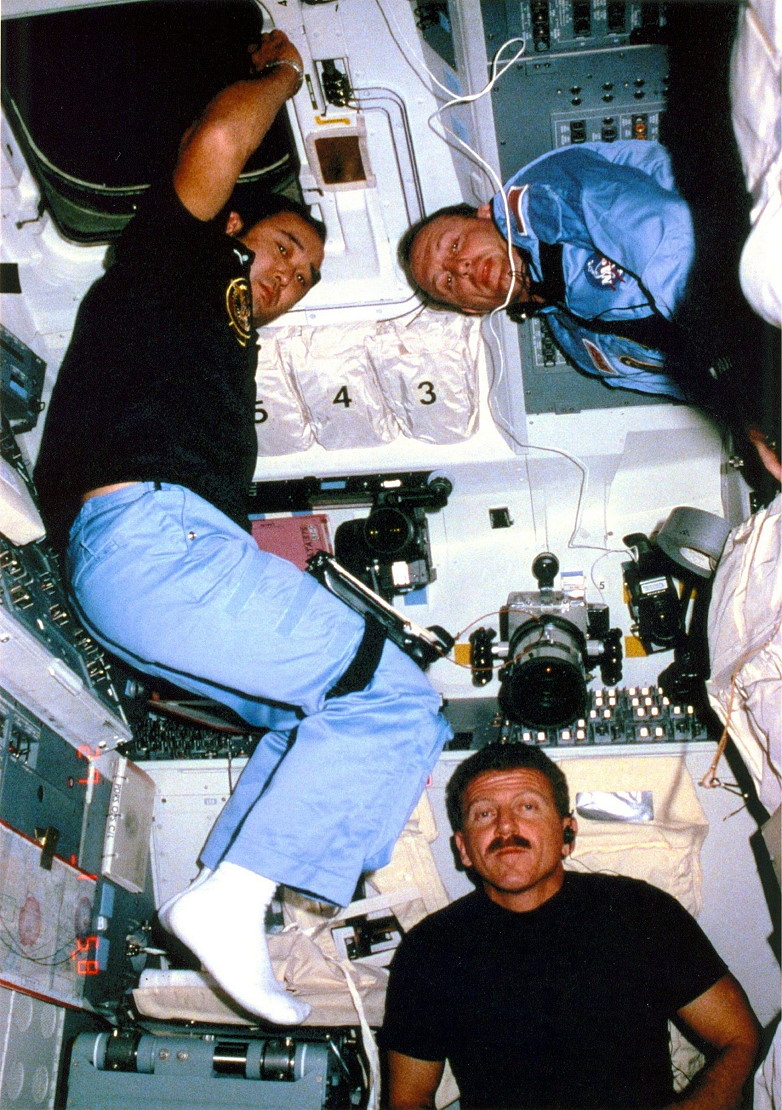
Deployment of the payload was executed under the watchful eye of Ellison Onizuka, who would sadly lost his life aboard Challenger on another IUS flight a year later. In a pre-flight interview for tragic Mission 51L, he related that he was “very familiar” and “very comfortable” with the IUS, indicating perhaps that its earlier performance issues had been resolved by the time 51C flew.
Discovery landed at KSC at 4:23 p.m. EST on 27 January 1985, after only three days in space; with the exception of the first two shuttle test flights, this was the reusable spacecraft’s shortest-ever operational voyage. But with the return of 51C’s boosters, a worrying story began to emerge. Critical O-ring seals, whose purpose was to prevent heated gases from emerging through the boosters’ field joints, were colder on 51C than any previous shuttle launch. As the Rogers Commission investigators would demonstrate a year later, cold temperatures impaired the performance of both the primary and secondary O-rings. As outlined in Chapter Six of the Rogers report, 51C’s left-hand and right-hand SRB nozzle joints both exhibited evidence of “blow-by” between their primary and secondary O-rings. “Blow-by erosion happens when the O-ring has not yet sealed the joint gap,” it was noted, “and the edge of the ring erodes as the hot gas flows around it.”
In their summary of the 51C event, the Rogers investigators laid bare the severity of the damage. “The primary O-ring in the left booster’s forward field joint was eroded and had blow-by, or soot behind the ring,” it was reported. “The right booster’s damage was in the center field joint: the first time that field joint seal was damaged. Both its primary and secondary O-rings were affected by heat and the primary ring also had evidence of blow-by of soot behind it. This was also the first flight where a secondary O-ring showed the effect of heat.” O-ring damage had been seen on earlier shuttle missions, but according to engineer Roger Boisjoly in his Rogers testimony, this was the first actual penetration of a primary O-ring on a field joint with hot gas. “The grease between the O-rings was blackened, like coal,” he testified, “and that was so much more significant than had ever been seen before on any blow-by on any joint.”
A few days after 51C’s landing, on 31 January 1985, SRB Project Manager Lawrence Mulloy of NASA’s Marshall Space Flight Center (MSFC) in Huntsville, Ala., recommended that the forthcoming Flight Readiness Review (FRR) for Mission 51E—the next-scheduled shuttle flight, then planned for February—should “recap all incidents of O-ring erosion, whether nozzle or case joint, and all incidents where there is evidence of flow past the primary O-ring”. Booster manufacturer Morton Thiokol of Brigham City, Utah, responded that “the condition is not desirable, but is acceptable”. Perhaps one of the greatest tragedies of Mission 51C is that Ellison Onizuka would also be aboard Challenger’s final flight, a year later, in which O-ring failure would stop the fleet in its tracks and the shuttle program’s veneer of invincibility would never be the same again.
.
.
FOLLOW AmericaSpace on Facebook and Twitter!
.
.




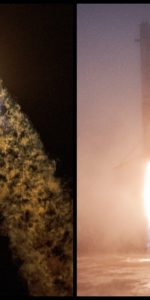
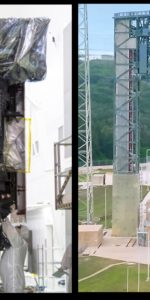
A funny story (one of many) associated with STS-51C. We had a voice patch line (secure/secret) that went from the MCC to the USAF payload control center (POCC) as routed by the X-Y Building at the Cape. Pre-launch, the encrypted/secure comm was very good between the MCC and the secret USAF POCC. But, the voice comm abruptly stopped right at launch. That was very confusing. I used our back-up method of a point-to-point, secure STU-III phone to gain contact with the POCC. Finally we learned WHY we lost comm right at lift-off. Apparently the operator at the X-Y Building was only used to launches on the Titan-III. In that case, the operator would literally pull the plugs in the patch panel to end comm at launch for the Titan. Not realizing the difference (…that we still required encrypted comm AFTER launch), the operator did his ole normal routine and “pulled-the-plugs”. After a few minutes we got the comm re-established. This was our very first “Control-Mode”, fully-secret flight in the Shuttle Program. It was an OUTSTANDING mission and one where we all were proud to be Americans. As a side note, our first secret, encrypted data End-to-End test to checkout data flow between the classified payload, the Orbiter, to the MCC and onto the USAF POCC was planned for 8-hours. It actually took us 54 hours to complete. Lots of lessons-learned in the first classified Shuttle mission.